Subscribe for Access
Uncover the keys to enhancing customer experience, increasing retention, and driving ROI through five powerful strategies unveiled at the Nearbound Summit.

C-suite is always talking about aligning Marketing and Sales teams or aligning Sales and Partnership teams, but what about Customer Success teams?
“Customer success is so broken. It’s about much more, it’s about a unified go-to-market approach across Sales, Product Engineering, Customer Success, CEOs. It’s finding the right fit for your customers and extracting growth.” – Kevin Chiu, Co-Founder and COO at Catalyst
The truth is that your Customer Success team is likely working as “Issue Coordinators” rather than providing true value to your customers. 66% of CSMs say they spend a significant portion of their workday on repetitive admin tasks.
Simply put, CSMs are just putting out fires. Don’t get us wrong, this is important, but it’s only scratching the surface of their potential.
Communicating platform management issues with the Product team isn’t your Customer Success team’s only job. Your customers aren’t going to renew their contracts just because your team was able to “solve” a product issue.
You’re only going to increase retention when your customers get extra value and your CSMs successfully engage with them.
“Customers renew when they get the outcomes they bought that technology for. So rather than managing risks and hoping to get outcomes, you should start building a strategy that balances both.” –Mark Kosoglow, CRO at Catalyst
Since your CSMs are seen as the ones in charge of product problems, they are identified as the ones in the back office who move things around and they end up doing your customer’s job, but that’s not even in your team’s scope.
But there’s something you can do to close those product and knowledge gaps: leverage partners. Because, as Jill Rowley always says: partners help customers win.
The Success Day at the Nearbound Summit shed light on five powerful ways to bridge the gap between Customer Success and nearbound strategies. But before diving into that let us quickly tell you why this topic is (really) important.
The importance of Customer Success alignment
Your Customer Success team is your company’s frontline, they ask, receive, and translate the feedback from your customers—they are your ears and eyes.
Aligning your Customer Success team with the rest of your GTM teams has multiple benefits including:
Improving customer experience
When Customer Success teams are aligned, they can provide a consistent and unified experience to customers. This consistency helps in building trust and satisfaction.
“Your product is one thing that will make you stand out from your competition. But the key factors that will help you are the relationships and experiences that you deliver to your customers.”–Jeff Reekers, CEO and Co-Founder of Champion
By correctly identifying the partners that can close the product, knowledge, or influence gap, you can help your customers achieve their objectives—which means long-lasting, happier customers for you. A well-designed customer success program can yield a 91% ROI over three years.
Alignment ensures that different teams within an organization, such as Sales, Support, and Product Development, are on the same page regarding customer needs and expectations. This leads to more efficient communication and problem-solving.
Increasing customer retention
Your CSMs have a holistic understanding of your customer needs, which can give you a comprehensive view that helps tailor your solution to meet customer expectations.
“Happy and successful customers are your best advocates and your best Sales team.”–Jill Rowley, Strategy and Evangelism at nearbound.com
Companies that put their customers first—customer-obsessed companies—can retain 2.2x more customers per year. Acting on the intel from customers and partners can help you reduce churn and deliver more value to your users.
Increasing ROI
Consequently, if your CSMs can increase retention, in the long run, they will be able to influence your ROI.
A 5% increase in retention rates can lead to a 25% increase in profitability.
A well-aligned customer success strategy helps in proactively identifying and addressing customer issues. This proactive approach can significantly reduce customer churn by ensuring that problems are resolved promptly and that customers feel valued.
“Winning more business isn’t helpful if you can’t retain and grow your customer base.”–Jen Spencer, CEO of SmartBug Media
We’ve compiled the top five strategies shared during Success Day at the Nearbound Summit to help you create a customer-obsessed strategy. This approach aligns your CSMs with your Partnership team, enabling you to drive 2x more revenue.
(Watch the sessions here.)
The 5 ways to align Customer Success teams
Just as there’s no one-size-fits-all partnership. The way you align your Customer Success team also varies according to your company’s structure, goals, and industry, but here are the best ways you can start that alignment.
“Partner and Customer Success alignment comes from building trust.”–Jen Spencer, CEO of SmartBug Media
Map your customer journey
First of all your customer journey shouldn’t be a funnel, your customers don’t want to be prospected, chased, or discarded after they purchase your product.
Customers should receive value throughout their entire journey.
“A Partner Manager is a facilitator of people who run the frontline to drive that team connection according to your customer’s journey.”–Jay Nathan, EVP and CCO of Higher Logic
Start by mapping your customer’s journey, rate each step of it, and identify the ones you’re lacking value—it’s okay if you’re not an expert in all of them.
Then identify which of your partners can help you bridge those gaps to build an 11-star customer experience. Build a map of services and technology providers around your customer.
“Start with your customer and work outwards. Build a map around your customer. And identify the types of services providers, or technology providers who surround your customer.”–Rich Gardner, SVP, Global Strategic Partners at Klaviyo
To identify the starting point, you can ask yourself:
- How can each potential partner help your customer?
- How can you help your customer achieve their objectives?
- What can you both do for the customer?
- What can you do to help that potential partner?
- What is preventing your customer from reaching the next milestone?
Sunir Shah, CEO of AppBind, suggests sourcing capable partners from your customer base. This means that you have to identify potential partners by examining the email domains of users or organizations that are frequently engaging with your product. Reach out to these users to gauge their interest in partnership opportunities.
“Identify the limitations of your Customer Success team. Identify the things that are within your team’s scope. Partners can help you fill in those gaps of knowledge and expertise, and help you navigate into those green spaces.”–Bruno Yoffe, Sr. Manager, Channel Partnerships at Zapier
Finally, you have to build a customer-centric culture within the organization. Ensure that all team members, regardless of their specific roles, understand the importance of customer success and are committed to delivering value to customers.
Constant communication
How do you expect to build trust between your partners and your CS team if there’s no visibility and communication?
Your Customer Success team will never trust someone with your champion if they don’t know the value that your partners can bring to the table.
So, once you’ve identified those key partners who can help you, you have to establish a clear cadence and communication. As a Partnership Manager, you need to foster an environment where teams can collaborate and solve challenges together.
“Every organization is going to have different dance moves. So, you need to have constant communication so you can map the future together. Make those conversations something that both teams are looking forward to happening.”–Jen Spencer, CEO of SmartBug Media
Effective communication is essential in resolving conflicts and building relationships between Customer Success teams and partners. Utilize channels like Slack, emails, or shared documents to facilitate collaboration and transparency.
Establish clear and open communication channels within your Customer Success team. Regular team meetings, updates, and sharing of information can help in ensuring everyone is on the same page.
“Get in a meeting with your team and define what is your mission, vision, what is your approach going to be? List your initiatives, key objectives, and the expected key results. You have to center all of this around the customer. You have to be transparent and accountable.”–Jill Rowley, Evangelist and Strategist at nearbound.com
Build brand advocates
Jill Rowley always says that happy and satisfied customers are your best sellers.
Happy customers = your best sellers = your best partners
And for that to happen, you have to build authentic relationships with your customers. For example, Jeff Reekers, CEO and Co-Founder of Champion, interviews his customers and makes personalized gestures. These types of actions allow him to know his customers better and, at the same time, his customers feel valued and important.
The fun part of this is that you can be creative. The goal is to go beyond a transactional relationship and create champions who will actively promote and advocate for the company.
“Use relationships to drive a new era of go-to-market. Customers are a core part of that principle, and of any type of go-to-market strategy that has to do with partnerships. Customers can help you with introductions, intel, or influence that can help you grow.”–Jeff Reekers, CEO and Co-Founder of Champion
Once a partnership has been established and a successful collaboration occurs, it’s crucial to amplify and share these success stories. This helps build confidence and comfort among Customer Success teams and showcases the value of partnerships.
“You have to constantly be helpful and add value to your customers. It helps you to prepare the soil to work with that audience. After helping, you can leverage those relationships.” –Jay Nathan, EVP and CCO at Higher Logic
Regular training
Sometimes companies underestimate training and development programs, but every partnership and customer are different. Each of them needs a different treatment which means your team needs different training programs.
“A good consulting partner is part of your Customer Success team.”- Jay Nathan, EVP and CCO at Higher Logic
Implement regular training and development programs to keep your Customer Success teams updated on industry trends, best practices, and new technologies. This ensures that the team remains aligned with the latest developments in customer success strategies.
Whenever you start planning these enablement sessions, think about the kinds of content you need to create to help and enable your Customer Success team, and the opportunities that partners can generate to help you co-sell.
“To enable your go-to-market teams to be more effective and aligned you have to include elements like content management and guidance, training and coaching, and analytics. You need to understand what’s working and what’s not.”–Chris Trudeau, Senior Director of BD and Alliance at Highspot
Provide opportunities for cross-training and skill development within your Customer Success team. This helps team members to understand various aspects of the customer journey and be more adaptable in their roles.
Your CSMs need training to bring your partner’s joint value prop (JVP) to life to reduce the time to value. It’s not only about creating a one-pager.
Training not only involves aligning your CSMs and your partners. The JVP needs to be updated, and maintained by you (the Partner Manager) and your partner’s Product Marketing teams. Alignment is important because your JVP is usually communicated by your CSMs and AEs.
“You have to learn how to articulate the value of the partnership, most of the time this value is not understood unless you explain the value carefully and deeply.”–Russell Dwyer, VP of Business Development and Strategic Alliances at Corporate Visions
Training and enablement are key to driving the upselling, cross-selling, and renewal process. Let your CSMs know how both products will work together. Let them test your JVP because they know your customers and their needs, and they can also help deliver feedback to your Product team.
Identify customer success metrics
Customer success is a business strategy, and it should be treated like one. NPS, logins, weekly active users, and session time aren’t similar to renewals, which means that those metrics are just not enough.
You have to clearly define the goals and objectives of your Customer Success team.
Ensure that every team member understands the overall mission and how their contributions align with your team’s objectives.
Use data and analytics to drive decision-making processes. Your Customer Success teams can align more effectively when they have access to data that provides insights into customer behavior, satisfaction levels, and areas for improvement.
“Make sure you include metrics to measure the health of that partnership because it’s an extension of your customer experience.”–Rich Gardner, SVP, Global Strategic Partners at Klaviyo
By establishing clear goals, your CSMs, and your partner can understand your customers’ businesses, ecosystems, and markets better. This knowledge can lead to more meaningful conversations, build trust, and provide valuable insights for your customers.
What Jeff Reekers suggests is using metrics such as NPS scores plus product usage, and customer achievements to identify potential advocates, and deliver more value to your customers.
Since your partners and your CSMs are so interconnected, sometimes their roles and key metrics can get confused, so what you can do is develop simple and visual decision-making tools like matrices or diagrams to help your teams quickly assess whether a task or project is better suited for in-house efforts or partnering.
“Create a matrix to understand if the task is something your CSMs can do, or if it’s something your partner can help you with.”–Bruno Yoffe, Sr. Manager, Channel Partnerships at Zapier
The way to nearbound success
The pivotal role of Customer Success teams as the ears and eyes of the company and the power that partners have to close your product, knowledge, and trust gaps cannot be overstated.
Alignment between the Partnerships and Customer Success teams brings multiple benefits, such as enhancing customer experience, improving communication across teams, and, ultimately, increasing customer retention and ROI.
For your company to achieve success, the idea is that an ecosystem—which includes customers, partners, and advocates—has to be considered a defensible and holistic way to go to market.
It is the force multiplier effect that comes from the interconnected relationships within your ecosystem.
And the best way to align CS and partnerships is by leveraging Reveal/Crossbeam. Reach out to one of our experts to learn how to use nearbound data and workflows to build and achieve customer success. Contact the team here.






%20(1).jpg)
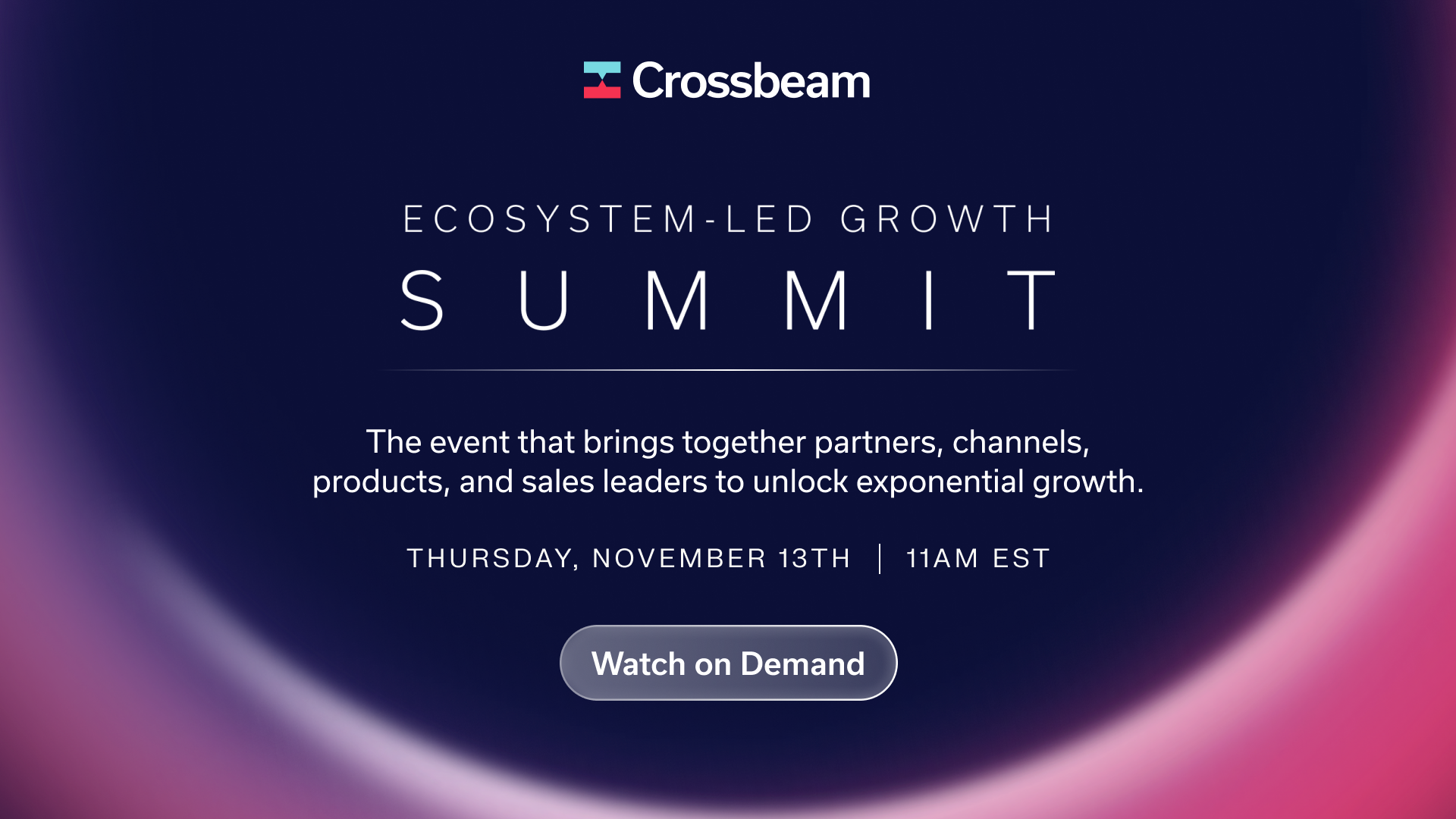

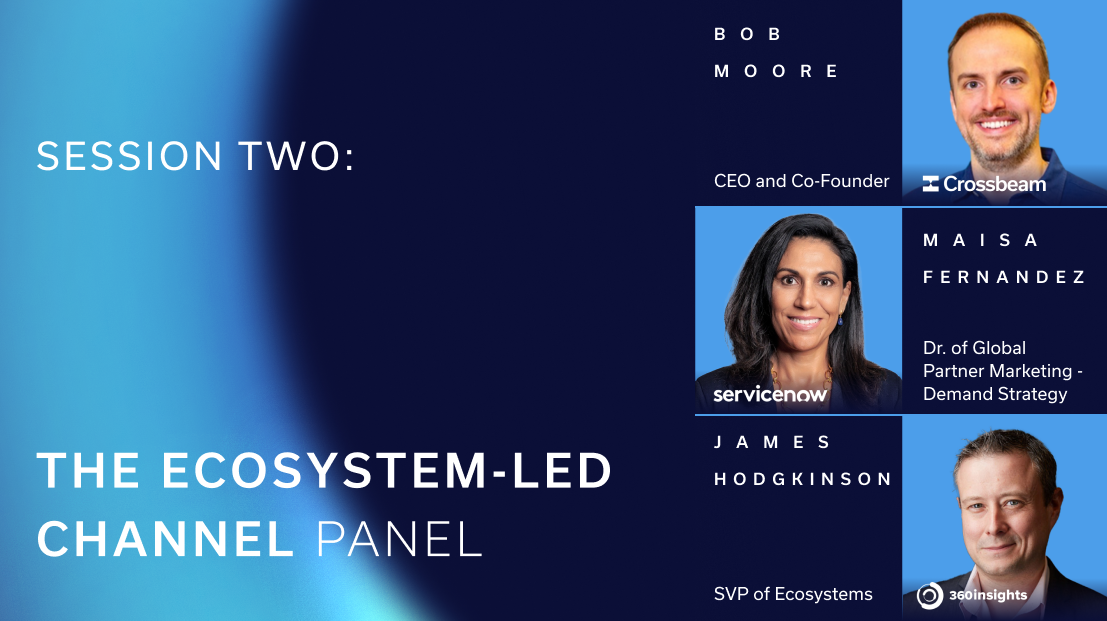



.png)
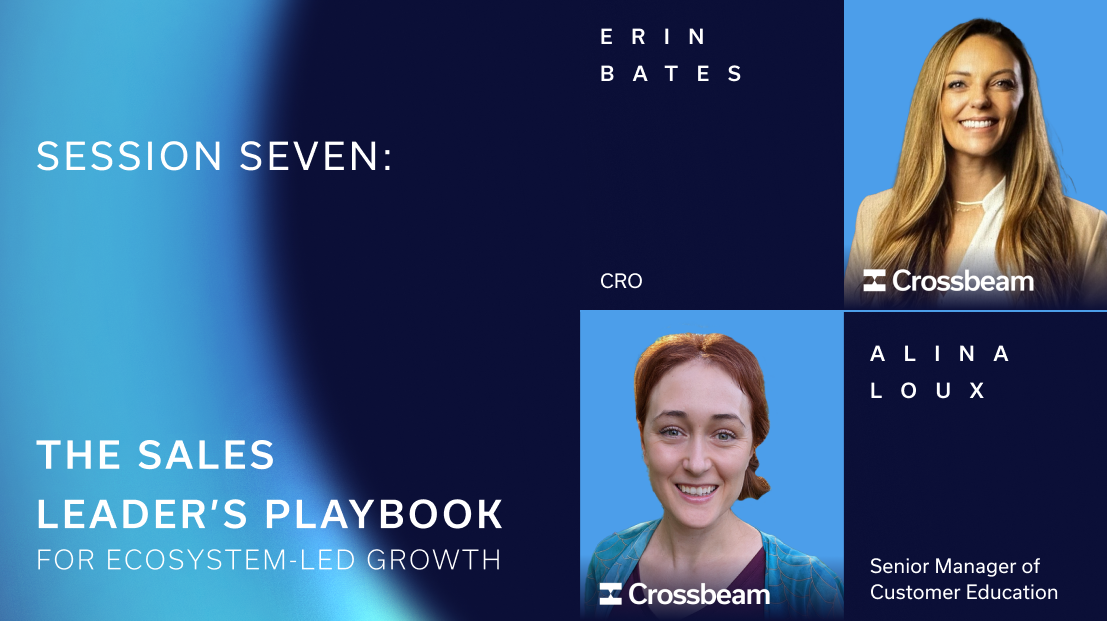













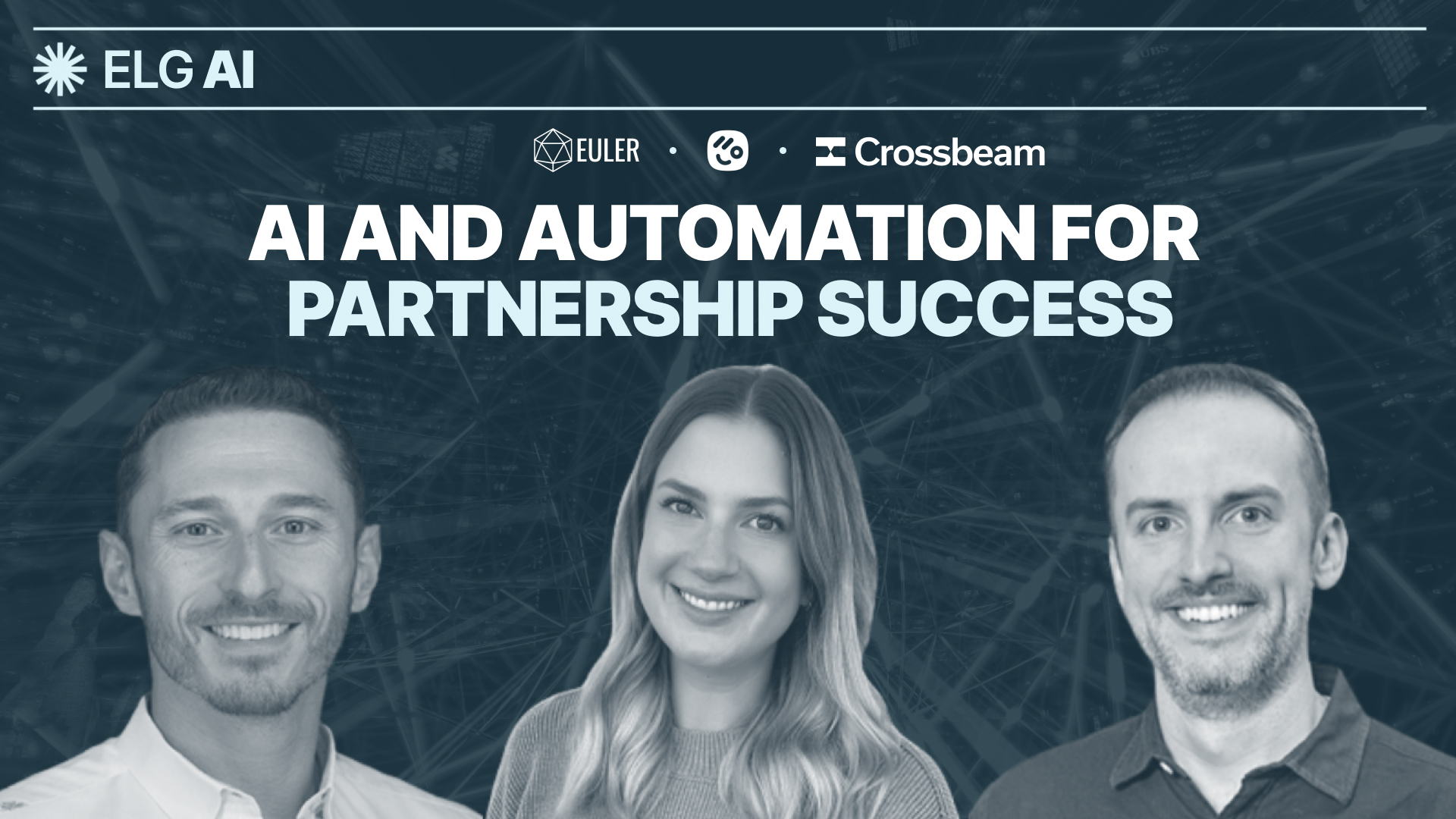
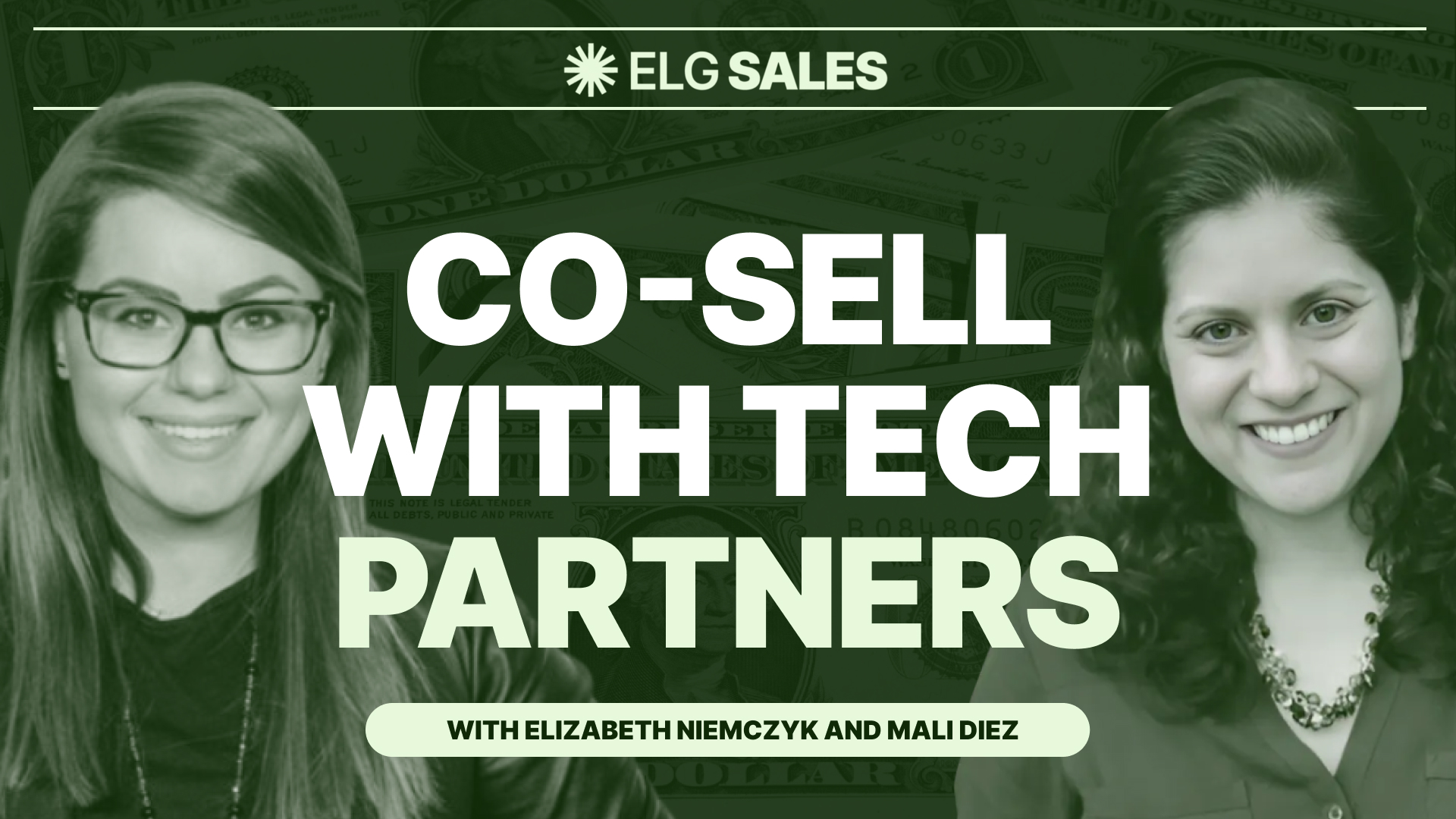
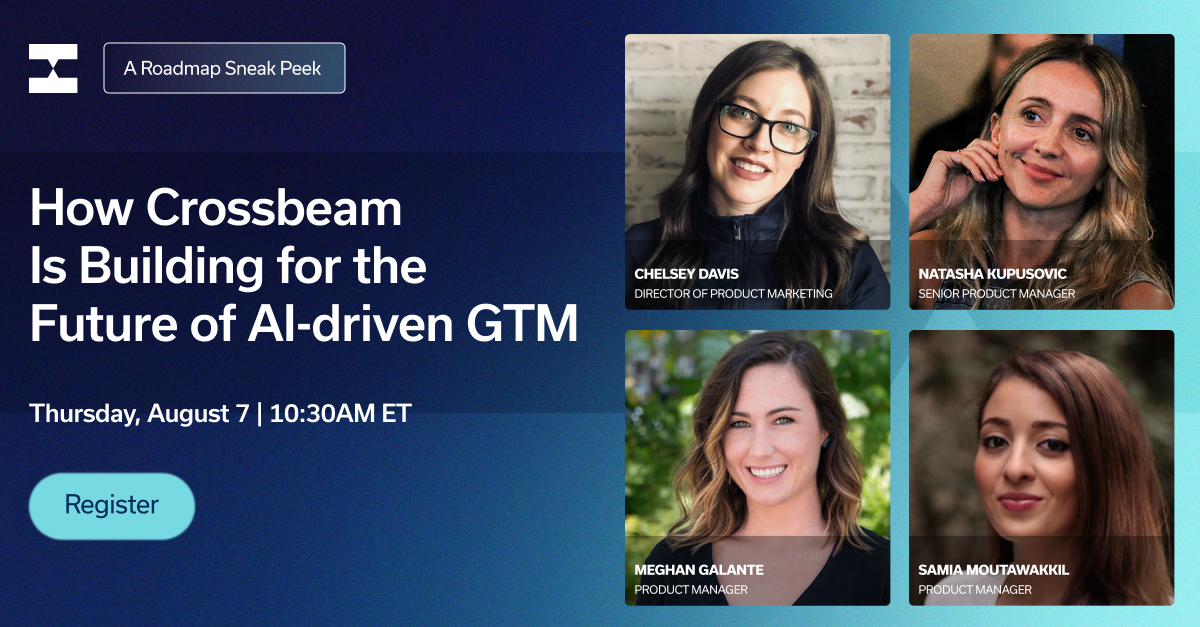
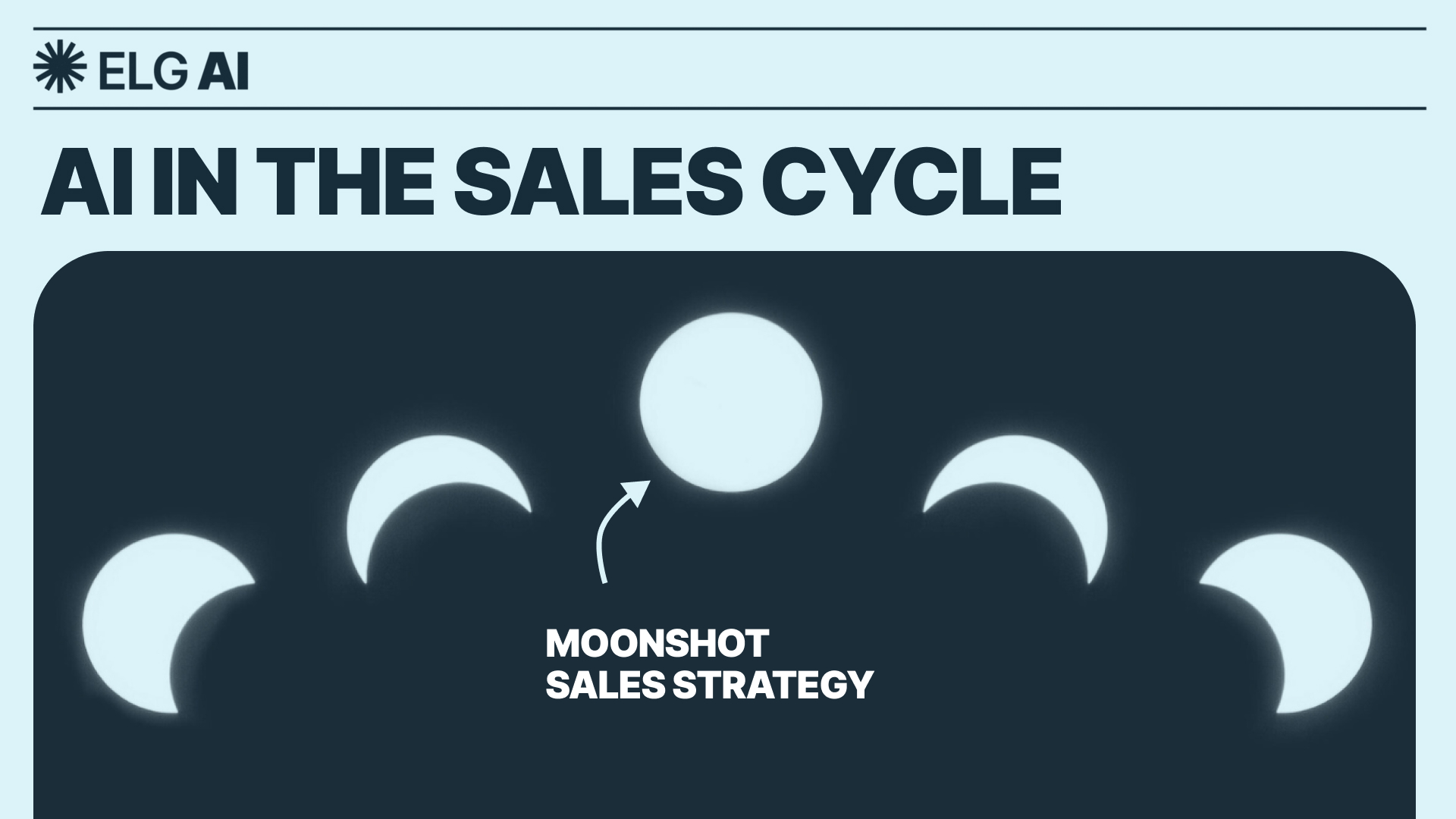
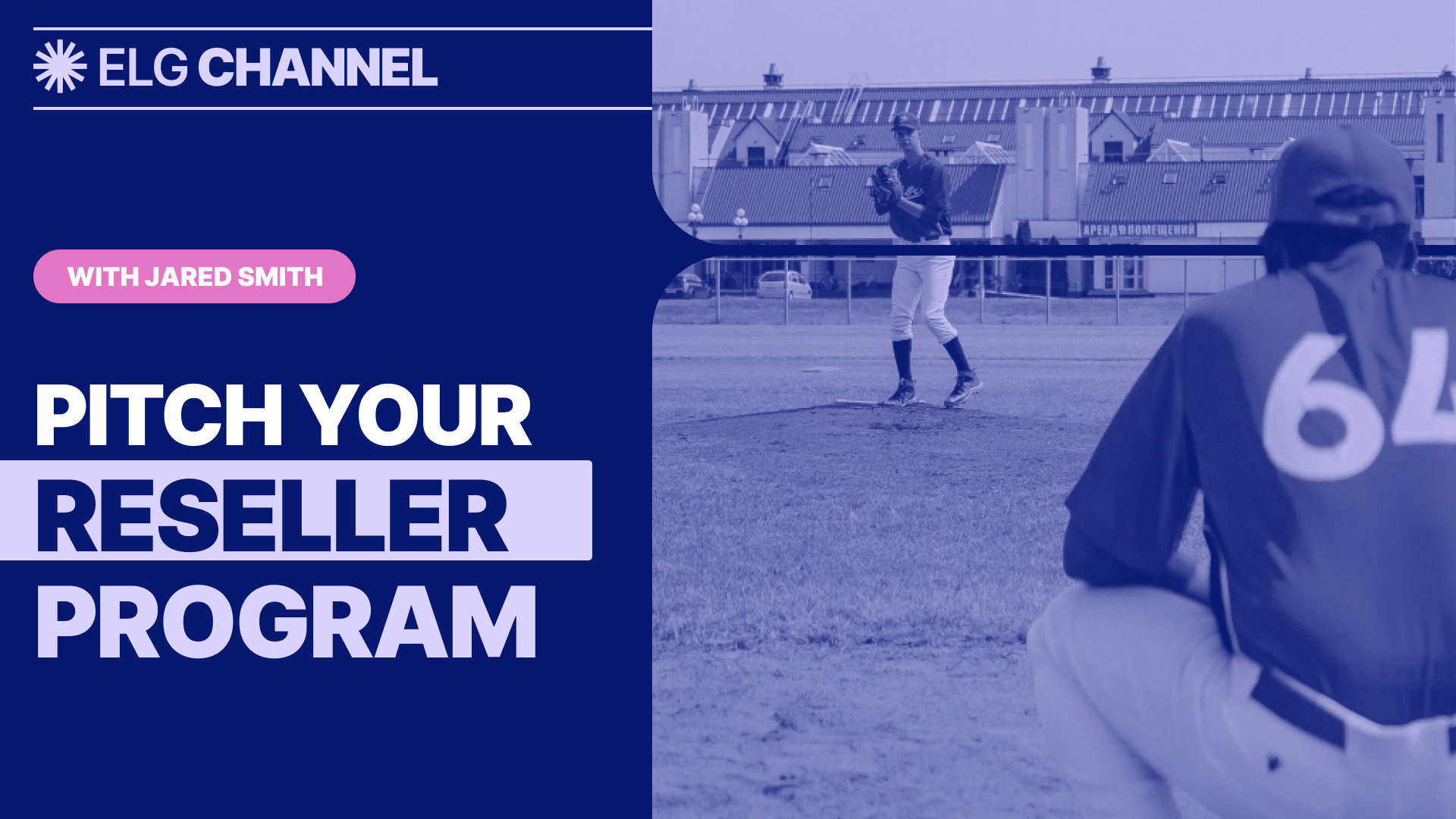
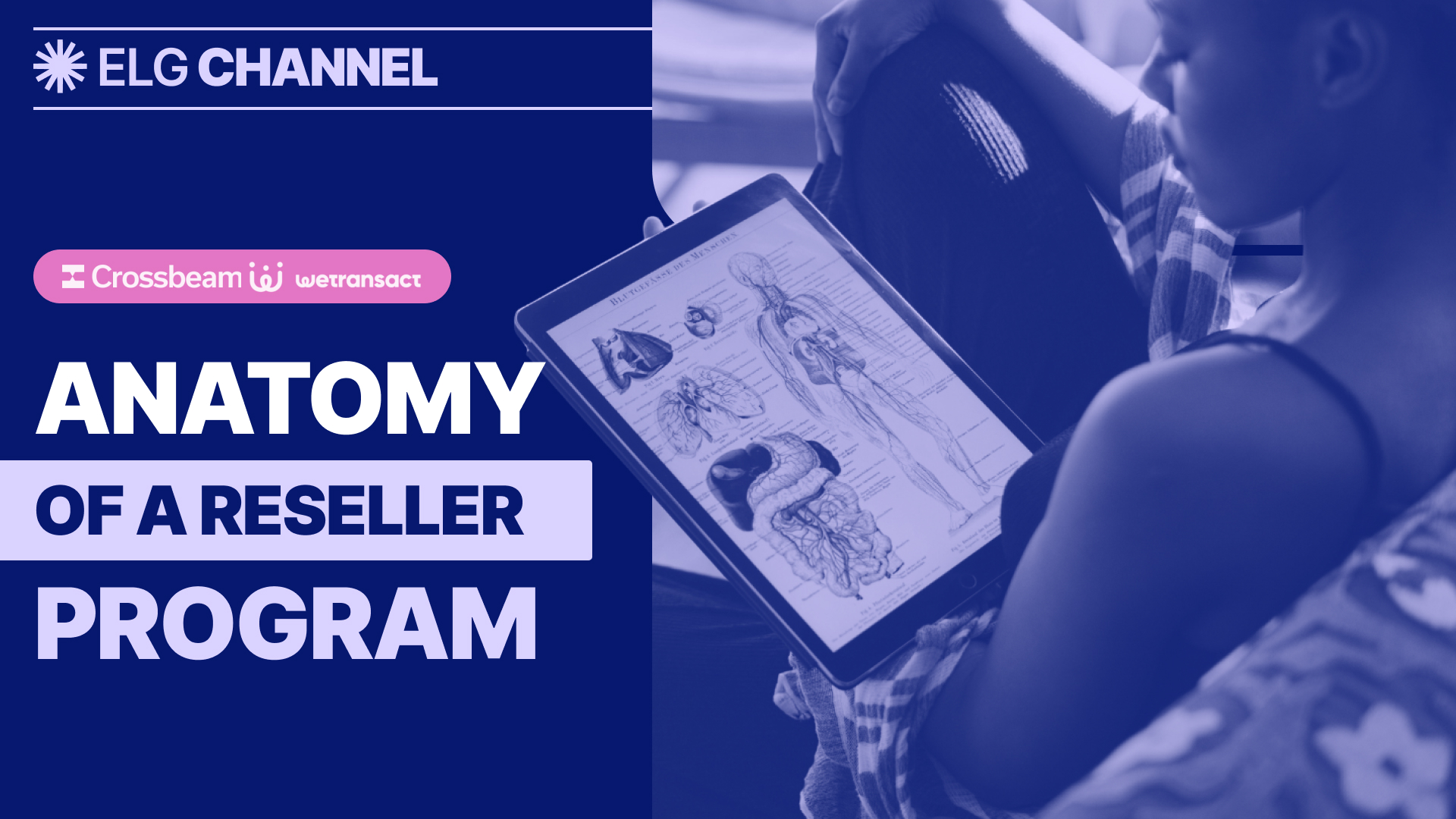
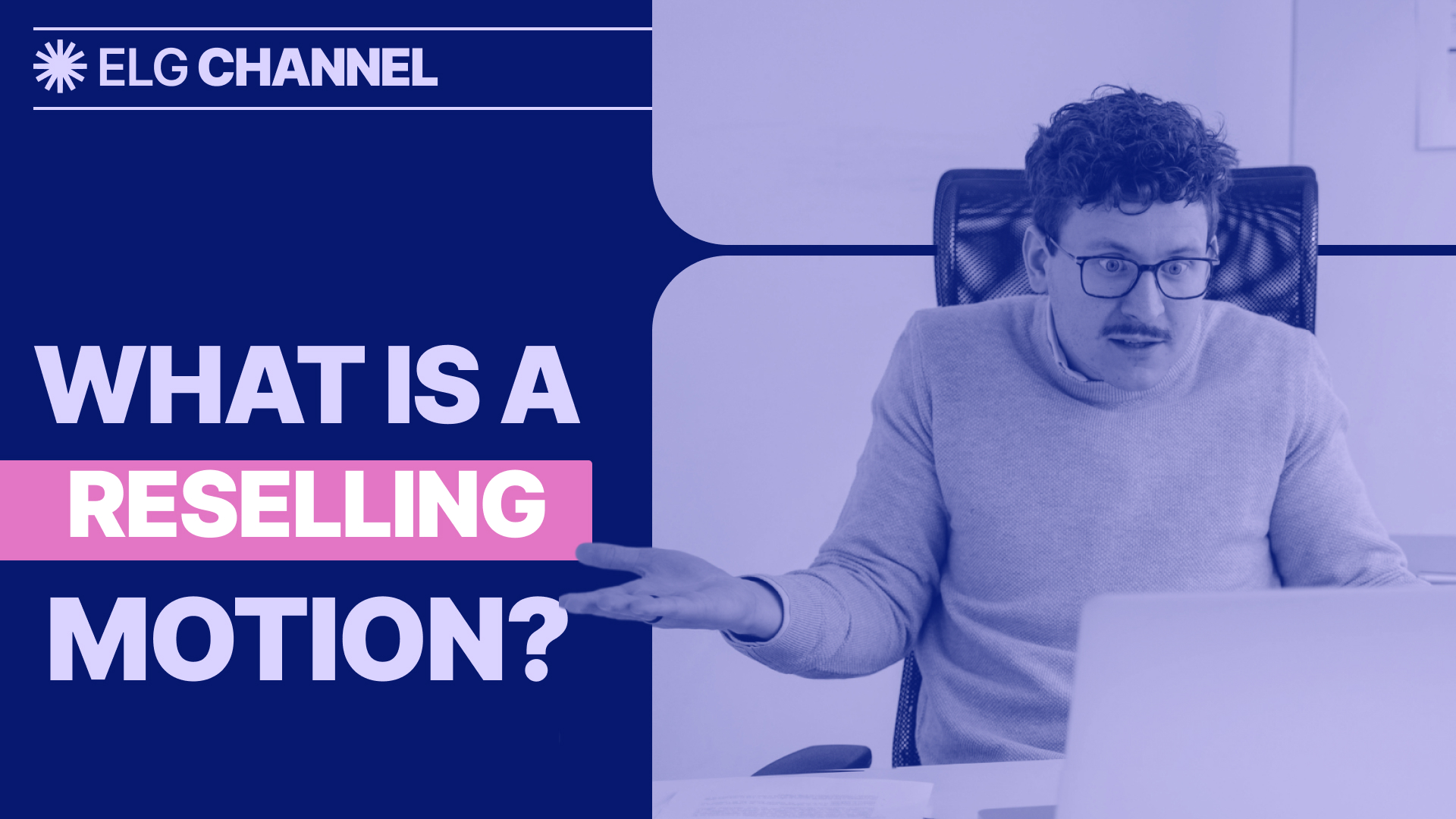







.jpg)




.png)



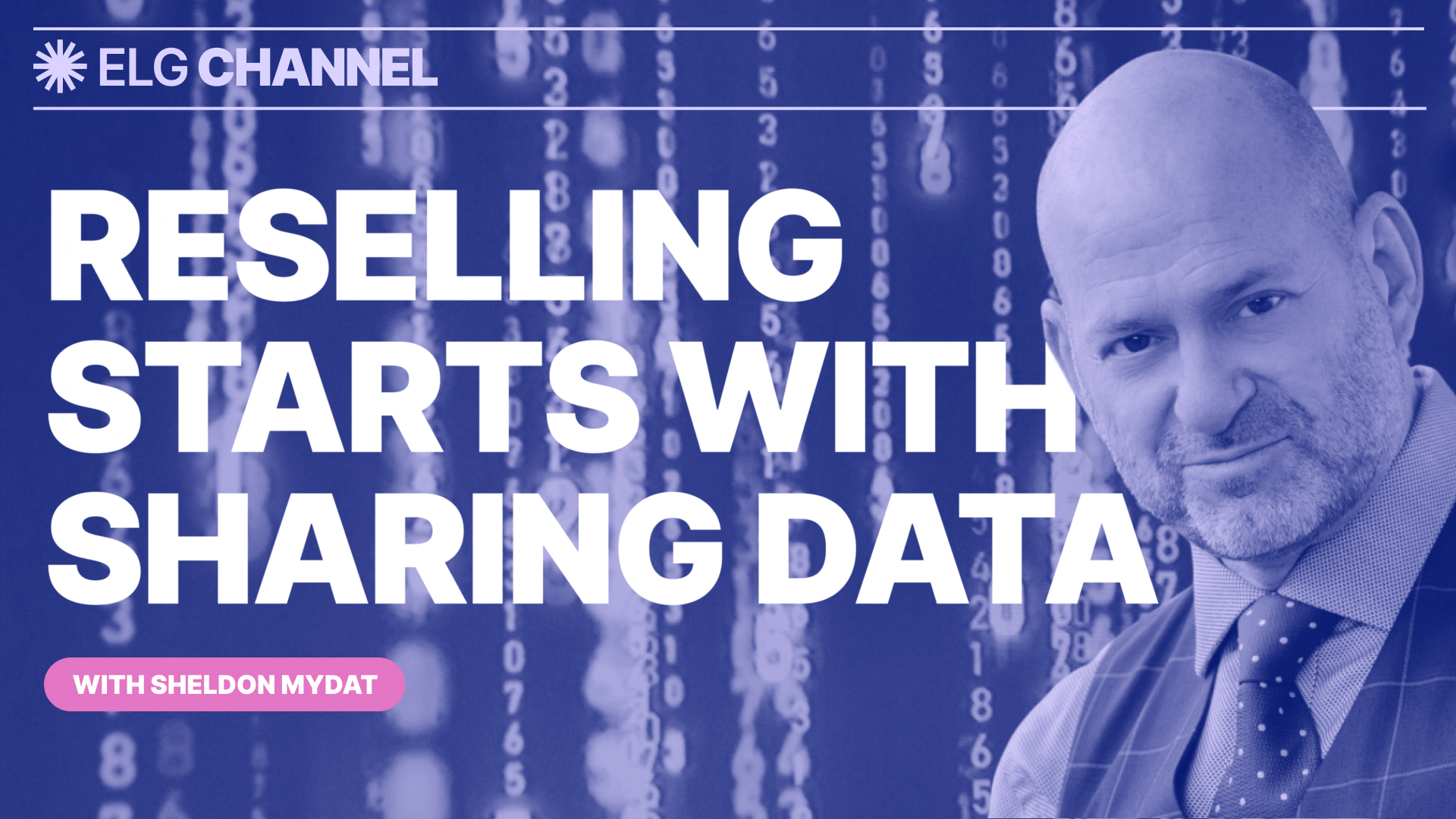


.jpg)





.jpg)

.webp)


















.webp)













